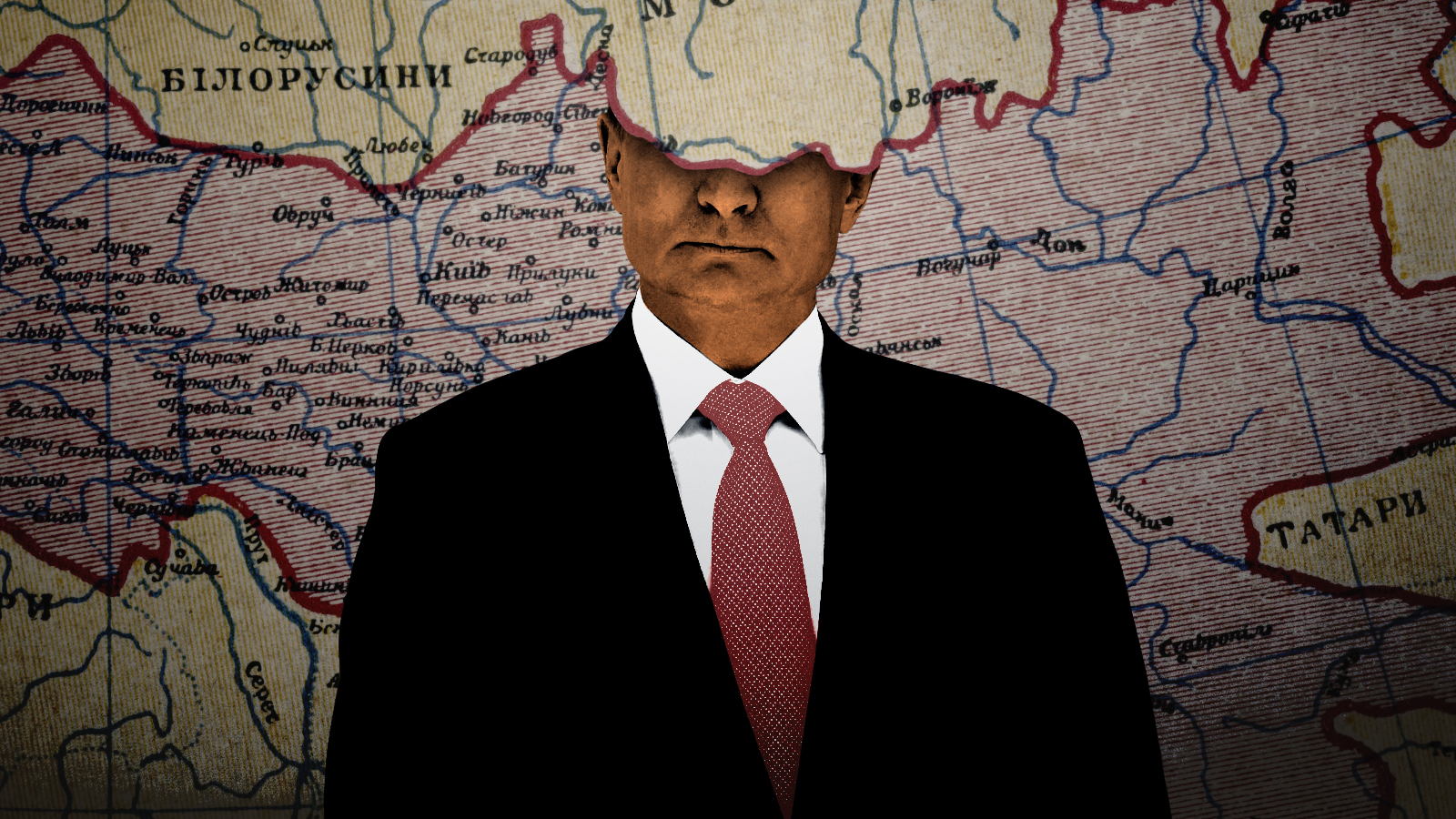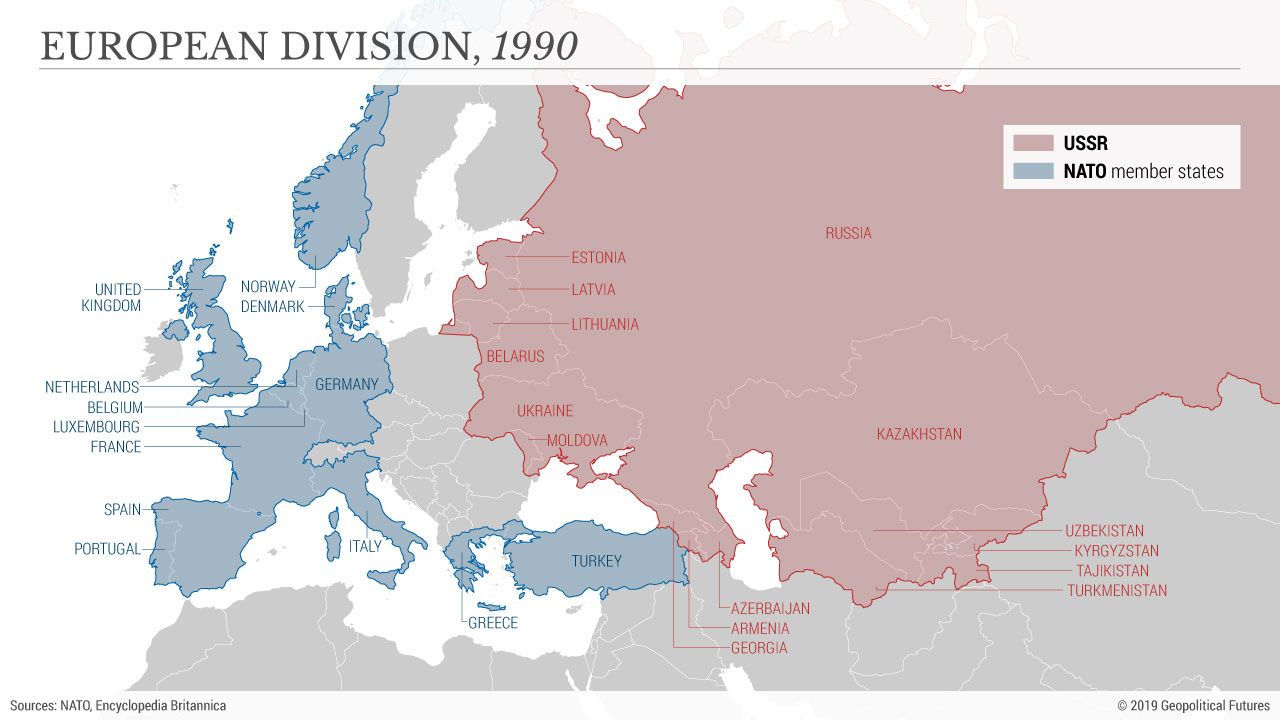David Axe
Tue, December 28, 2021

Photo Illustration by Thomas Levinson/The Daily Beast/Pablo Carlos Budassi, Getty
About a year ago, a team of astronomers working in Hawaii glimpsed something in the night sky. A four-minute-long flash of light.
Depending on who you ask, that flash was either a powerful explosion from 13.4 billion years ago—a virtual snapshot of the universe as it existed just 400 million years after its formation—or a reflection from a hunk of space junk lazily looping around Earth. Scientific treasure—or garbage.
Despite a year of heated debate and a flurry of studies, it’s possible we may never know what caused this mysterious flash, dubbed “GN-z11-flash” for the faraway galaxy where it may have originated. But this is high-stakes astronomy—either a landmark, career-defining discovery, or the type of embarrassment people spend their whole lives trying to avoid.
As astronomers stretch the limits of technology and scholarship to peer farther and farther into space, they run into more and more obstacles. Our telescopes aren’t good enough. Our computers are too slow. Our data is too thin. Distant observations are so delicate and shrouded in uncertainty that a passing piece of space garbage can spoil everything.
Back in 2017, a team of astronomers led by Linhua Jiang, from China’s Peking University, was peering through the Keck I telescope in Hawaii, observing GN-z11. They were using an infrared spectrometer attached to the telescope, expecting to scrutinize the galaxy—which at 13.4 billion light-years away is the oldest and most distant object humanity has ever observed—for clues about the early history of the universe. GN-z11 like many very old, very faraway galaxies is only visible in infrared.
They didn’t expect to witness an explosion. But if you believe the team’s subsequent analysis, that’s exactly what happened. For 245 seconds, Keck I registered what appeared to be a possible gamma-ray burst from the universe’s infancy.
Observing a 13.4 billion-year-old gamma-ray burst, or GRB, would be a profound stroke of luck with equally profound implications for the study of, well, everything. “GRBs and their associated emission can be used to probe the star-formation and reionization history in the era of cosmic dawn,” Jiang and his team wrote in their initial paper, which appeared in the science journal Nature Astronomy in December 2020.
“Reionization” refers to the eons half a billion years after the Big Bang when the hydrogen making up most of the atoms in the universe ionized and murky space became transparent. It’s a mysterious era—the first eons of light following a period of hundreds of millions of years during which space was swirling with opaque gases.
Witnessing an explosion from that timeframe would be a scientific coup. “This means that gamma-ray bursts can be efficiently produced at a very early time,” Jiang told The Daily Beast. In other words, the explosions we associate with the deaths of stars, and the creation of black holes, started happening really early. If gamma rays were bursting as long ago as 13.4 billion years, it means the universe—its structure and galaxy-forming mechanisms—evolved fast into what we see around us today.
But other astronomers weren’t convinced Jiang and his team had seen anything remotely interesting. The odds of glimpsing a gamma-ray burst 13.4 billion light years away are infinitesimally slim, a team led by Michał Michałowski, an astronomer at Adam Mickiewicz University in Poland, explained in Nature Astronomy in October.
In astronomy, a “redshift” is the change in a faraway galaxy’s infrared signature that helps us to determine its age. GN-z11 naturally has a very high redshift, which suggests it’s ancient. But astronomers haven’t confirmed any other galaxies remotely this old. The next oldest, galaxy EGSY8p7, has a redshift of 8.7, meaning it’s probably hundreds of millions of years younger than GN-z11.
U.S. and Chinese Astronomers Are Teaming Up to Hunt for Alien Lights
Astronomers would need to find a lot more galaxies in GN-z11’s age range and spend a lot more time pointing telescopes at them in order to be sure what a gamma-ray burst from these old galaxies even looks like, Michalkowski and his team noted. “A larger sample of very high redshift galaxies is needed to detect such distant GRBs.”
It was way, way more likely that Jiang and his team caught a reflection from the castoff Breeze-M upper stage of a 6-year-old Russian Proton rocket. “We searched Space-Track, the largest publicly available database of Earth satellites and space debris for an object close to the position of GN-z11-flash at the time of observations,” Michałowski’s team wrote. “We found the Breeze-M space debris.”
This particular argument comes down, in part, to common sense, Michałowski told The Daily Beast. “The conclusion is that either it was an extraordinary discovery of something we have not seen yet—a gamma-ray burst at redshift 11—or an obvious explanation with a well-identified space debris, which we are certain went either through the field of view of the Keck telescope or just outside of it… with all properties consistent with being a flash.
“Everybody can pick the explanation they prefer, but I don’t have doubts myself,” Michałowski added. He said he considers the controversy “settled.”
Jiang and his team disagree. “We looked into our records and found that this satellite was ruled out in our original analysis,” they explained in a new paper, a preprint of which appeared online last week but has not yet been peer-reviewed.
Jiang et al’s calculations put the Russian rocket shell and the potential GN-z11-flash inches apart in the telescope’s field of view—a distance they claimed should preclude any confusion between the rocket and a gamma-ray burst from the distant galaxy. Besides, they added, the rocket’s reflection “was much fainter than what was needed to produce the flash.”
The yearlong back-and-forth, which included two other major criticisms of the Jiang team’s conclusions, has so far ended in impasse, with no resolution in sight. “We will never know the true nature of this flash,” Jiang said.
If we had a lot of good data on confirmed gamma-ray bursts from billions of light-years away, we might be able to compare them to the GN-z11-flash and see if they match. Jiang said he looked and couldn’t find anything to form a comparison. “I spent lots of time searching,” he explained. “Unfortunately we didn’t get such data.”
That could change in the future. Better telescopes—such as NASA’s new James Webb Space Telescope, launched on Dec. 25 as a Christmas treat—combined with very powerful computers could help us spot and categorize faraway explosions. With time, luck and new technology, we might eventually be able to reassess the GN-z11-flash.
But Bing Zhang, a University of Nevada astronomer and a member of Jiang’s team, is urging patience. A lot of it. “One needs very powerful telescopes to continuously monitor many distant but faint galaxies to constrain the event rate of GN-z11-flash-like events,” he told The Daily Beast.
It’s possible that, a year ago, astronomers caught a fleeting glimpse of the universe’s infancy. It’s also possible they caught a fleeting glimpse of Russian space trash. For the foreseeable future, we probably won’t know which it was.



















